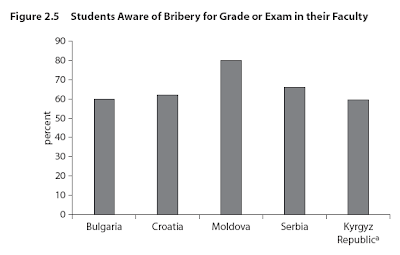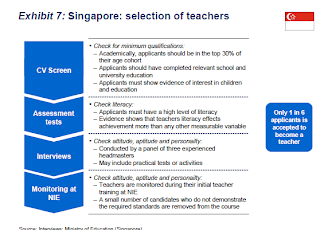1. Overview , Peter Smith and Sherry Glied
The Organization of Health Care Systems
2.
Health Systems in Industrialized Countries
,
Bianca K. Frogner, Peter S. Hussey, and Gerard F. Anderson
3.
Health Systems in Low and Middle Income Countries
,
Anne Mills
4.
The Political Economy of Health Care
,
Carolyn Tuohy and Sherry Glied
5.
The Promise of Health: Evidence of the Impact of Health on Income and Well-Being
,
William Jack
Determinants of Health
6.
Health Production
,
Kristian Bolin
7.
Socioeconomic Status and Health: Dimensions and Mechanisms
,
David M. Cutler, Adriana Lleras-Muney, and Tom Vogl
8.
Determinants of Health in Childhood
,
Michael Baker and Mark Stabile
9.
Economics of Infectious Diseases
,
Ramanan Laxminarayan and Anup Malani
10.
Economics of Health Behaviours and Addictions: Contemporary Issues and Policy Implications
,
Donald S. Kenkel and Jody Sindelar
11.
Economic and Mental Health: An International Perspective
,
Richard G. Frank
Institutions of Health Care Finance
12.
Public Sector Health Care Financing
,
Ake Blomqvist
13.
Voluntary Private Health Insurance
,
Peter Zweifel
14.
Health Care Cost Growth
,
Michael E. Chernew and Dustin May
15.
User Charges
,
Erik Schokkaert and Carine Van de Voorde
Economic Problems of Health Care Finance
16.
Insurance and the Demand for Medical Care
,
Mark V. Pauly
17.
Guaranteed Access to Affordable Coverage in Individual Health Insurance Markets
,
Wynand P.M.M. van de Ven and Frederik T. Schut
18.
Managed Care
,
Laurence Baker
The Institutions of Health Care Supply
19.
Hospitals: Teaming Up
,
Pedro Pita Barros and Pau Olivella
20.
Primary Care
,
Anthony Scott and Stephen Jan
21.
The Global Health Workforce
,
Till Barnighausen and David E. Bloom
22.
The Economics of the Biopharmaceutical Industry
,
Patricia M. Danzon
23.
Disease Prevention, Health Care and Economics
,
Jane Hall
24.
Long-Term Care
,
Jose-Luis Fernandez, Julien Forder and Martin Knapp
Economic Problems of Health Care Supply
25.
Physician Agency and Payment for Primary Medical Care
,
Thomas G. McGuire
26.
Provider Payment and Incentives
,
Jon B. Christianson and Douglas Conrad
27.
Non-Price Rationing and Waiting Times
,
Tor Iversen and Luigi Siciliani
28.
Increasing Competition between Providers in Health Care Markets: The Economic Evidence
,
Carol Propper and George Leckie
Assessing Performance
29.
Measuring Organisational Performance
,
Jim Burgess and Andrew Street
30.
Health System Productivity
,
Jack E. Triplett
31.
The Methods of Cost-Effectiveness Analysis to Inform Decisions about the Use of Health Care Interventions and Programmes
,
Simon Walker, Mark Sculpher and Mike Drummond
32.
Analysing Uncertainty in Cost-effectiveness for Decision Making
,
Susan Griffin and Karl Claxton
33.
Health Utility Measurement
,
Donna Rowen and John Brazier
Economic Perspectives on Fairness
34.
Concepts of Equity and Fairness in Health and Health Care
,
Jan Abel Olsen
35.
Measuring Inequality and Inequity in Health and Health Care
,
Eddy van Doorslaer and Tom Van Ourti
36.
Intergenerational Aspects of Health Care
,
Louise Sheiner
Economic Methodology and Health Policy
37.
Econometric Evaluation of Health Policies
,
Andrew M. Jones and Nigel Rice
38.
Health Economics and Policy: The Challenges of Proselytising
,
Alan K. Maynard and Karen Bloor























